1. The Great Blue Hole (Belize)
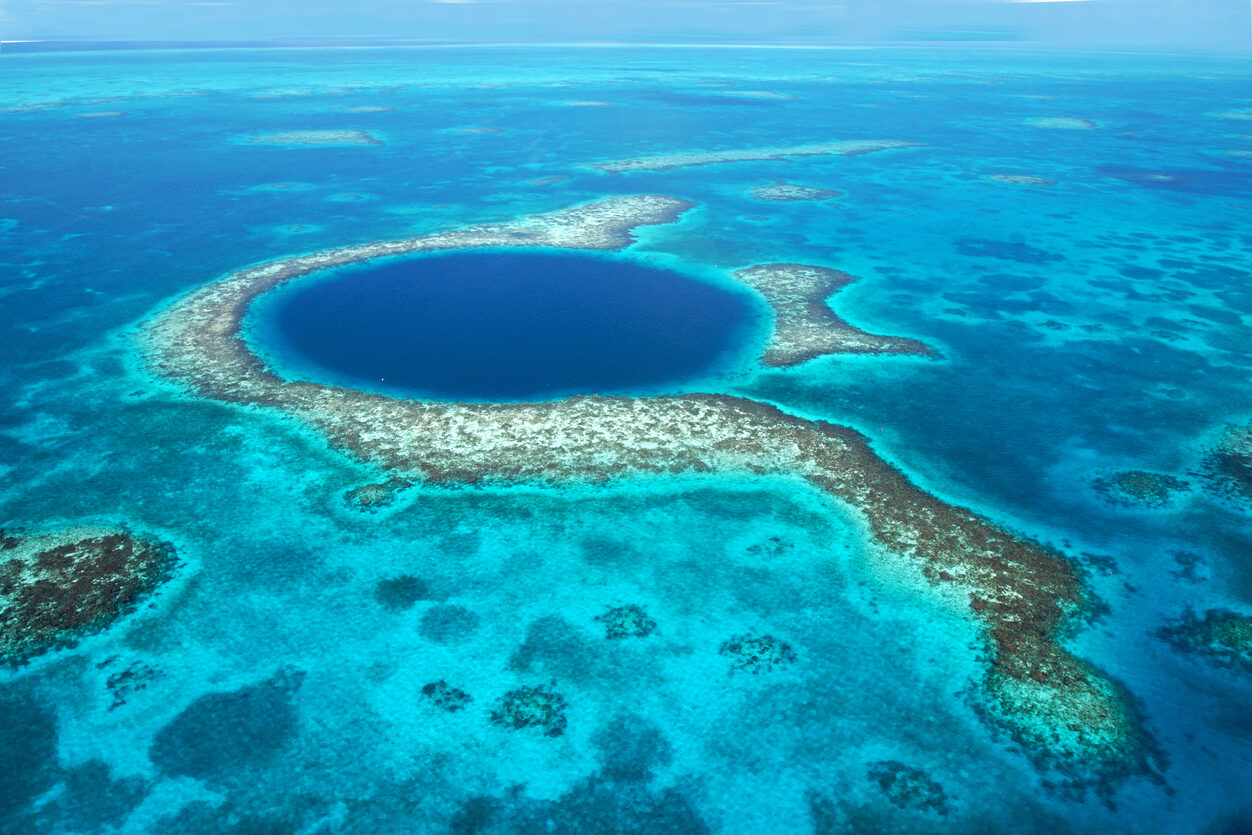
It looks like a perfect circle of sapphire set in the sea, drawing divers from around the world. The Great Blue Hole drops to over 400 feet, where light fades and currents shift unexpectedly. Inside are caves and tunnels that can confuse even experienced divers. Many come for the thrill and leave with awe, but some never return. It is a place where the ocean’s beauty hides its challenges, and where caution is a diver’s most important companion. The calm surface gives no hint of the mystery and risk lying far beneath.
2. Lake Natron (Tanzania)
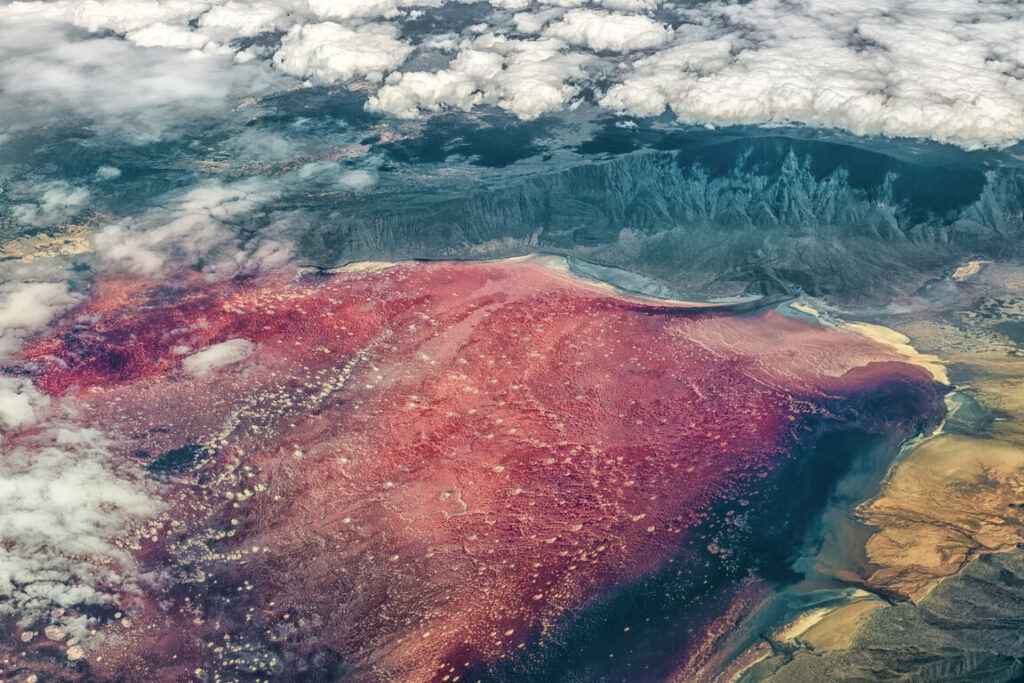
At first glance it appears serene, with shimmering red and orange hues reflecting the African sun. Lake Natron’s beauty masks its extreme alkalinity, which can burn skin and eyes. The water can reach high temperatures, making it inhospitable for most life. Animals that perish here can become preserved in a mineral crust, creating eerie shapes along the shoreline. Flamingos thrive in its unique environment, but for most creatures and people it is a place to admire from a safe distance. Its stillness feels timeless, yet the air carries a quiet warning to those who venture too close.
3. Snake Island (Brazil)

From the water, it appears like any other lush, green island along the coast. But Ilha da Queimada Grande is home to thousands of golden lancehead vipers, among the most venomous snakes in the world. Stepping onto its shores almost guarantees an encounter, which is why visitors are forbidden. Left untouched by people, the island has remained wild and dangerous. It is a reminder that not every beautiful place is meant for human exploration. Viewed from a boat, it is peaceful and inviting, but those who know its true nature understand why it remains off limits.
4. Mount Merapi (Indonesia)
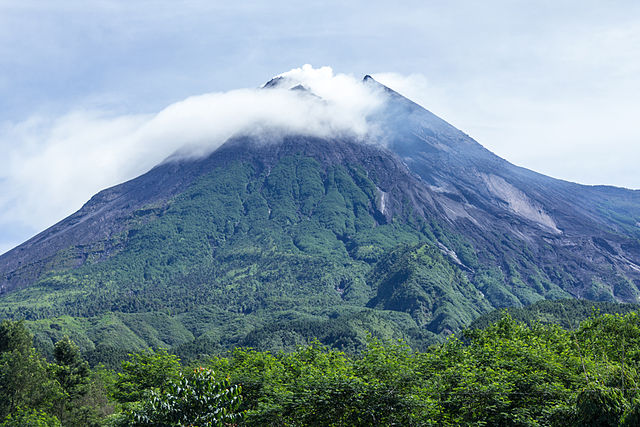
Rising above Java’s landscape, Mount Merapi looks calm in the distance yet holds a restless spirit. This volcano erupts often, sending ash, lava, and deadly gas flows into surrounding areas. Communities nearby have lived with its moods for generations, benefiting from the rich soil it creates while preparing to leave at a moment’s notice. The 2010 eruption brought devastation and loss, a sharp reminder of its power. Life here is a balance of risk and reward, where people adapt to the land’s cycles and accept that nature always has the final say.
5. Boiling Lake (Dominica)
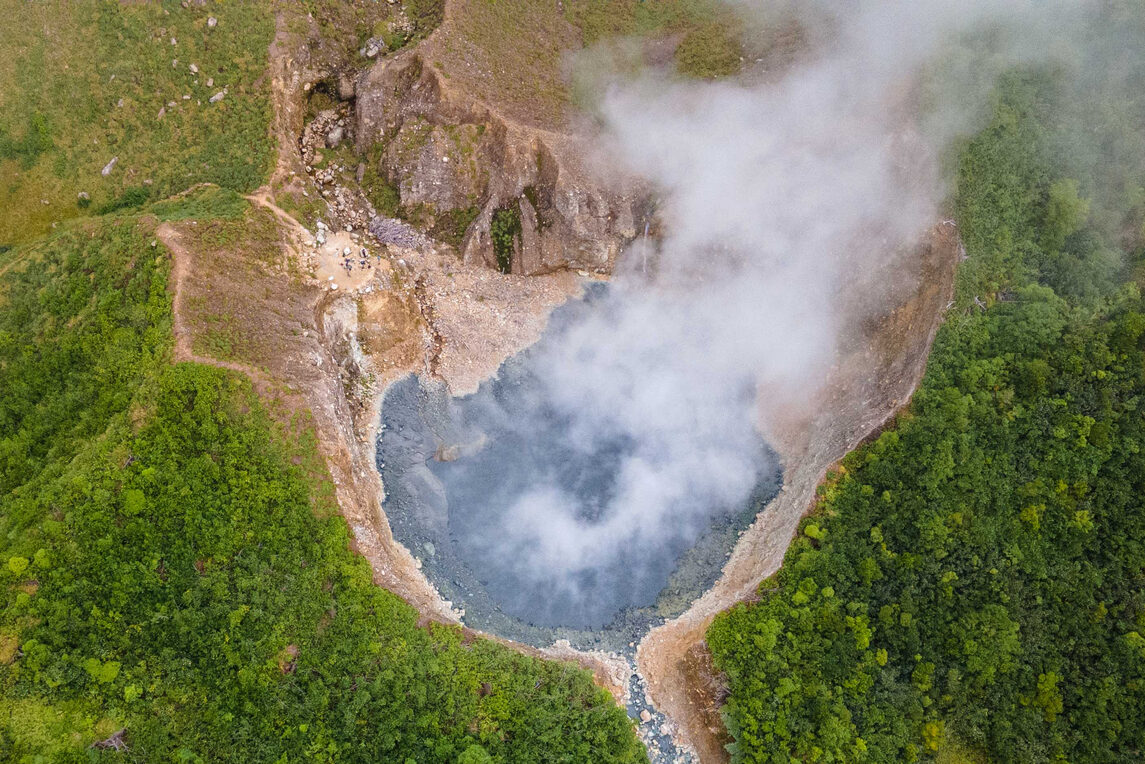
Hidden in Dominica’s lush mountains, Boiling Lake shimmers like a giant pot of water on full heat. Fed by volcanic gases, its surface can reach near boiling temperatures, making it far too dangerous for swimming. At times the water level drops suddenly, followed by violent bubbling and steam. Reaching it requires a challenging hike through rainforest and rugged terrain, adding to its mystery. Those who arrive are rewarded with a rare sight, yet the lake’s shifting moods remind visitors that it is alive with the Earth’s inner energy. Here, beauty is always paired with caution.
6. North Sentinel Island (India)

In the Bay of Bengal lies North Sentinel Island, home to a small tribe that has lived without outside contact for thousands of years. Approaching the island is forbidden to protect both them and visitors. Outsiders are met with warning gestures, making it clear they wish to be left alone. The sea around it is calm and inviting, yet it guards a community that has chosen isolation. It is one of the few places left untouched by modern life, where tradition and survival remain intertwined and the world beyond is of no interest to its people.
7. The Door to Hell (Turkmenistan)

In the middle of Turkmenistan’s desert, a massive fiery crater has been burning for decades. Known as the Door to Hell, it formed when a natural gas field collapsed during drilling. The gas was set alight to prevent dangerous emissions, but the flames never went out. Standing nearby, you feel the intense heat and hear the steady roar of fire. At night its glow is visible for miles, a strange mix of danger and fascination. Visitors keep their distance, aware that the ground is unstable and the flames are an unending reminder of human error meeting nature’s force.
8. Lake Kivu (Rwanda/DRC)
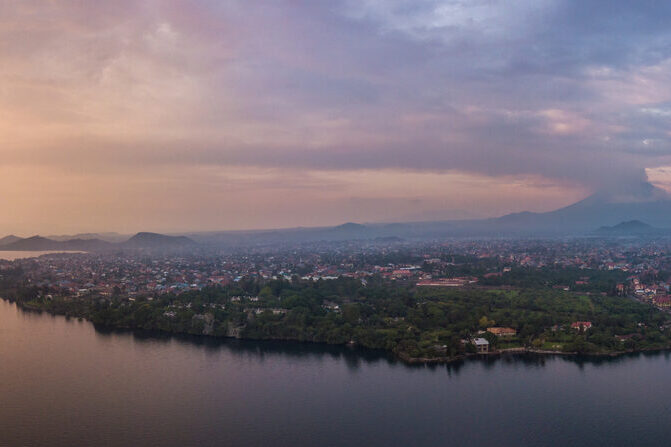
Lake Kivu is calm and beautiful, stretching between Rwanda and the Democratic Republic of Congo. Beneath its waters, however, lies a dangerous mix of carbon dioxide and methane. These gases, trapped by the lake’s depth, could be released by natural events like earthquakes, creating a deadly cloud that suffocates life nearby. Projects aim to safely extract the gas for energy, turning danger into opportunity. For now, the lake remains a quiet giant, its surface reflecting the sky while hiding volatile forces below. It is both a lifeline and a risk for the communities living along its shores.
9. The Danakil Depression (Ethiopia)

The Danakil Depression in Ethiopia feels like another planet, with vivid mineral pools, salt flats, and steaming vents under a blazing sun. Temperatures often soar above 120 degrees Fahrenheit, making it one of the hottest places on Earth. Toxic gases and unstable ground add to its dangers, and few people can withstand its conditions for long. Yet its colors and landscapes draw scientists and photographers from around the world. It is a place where beauty takes on strange and harsh forms, offering a rare glimpse into the raw and unfiltered power of our planet.
10. The Bermuda Triangle (Atlantic Ocean)
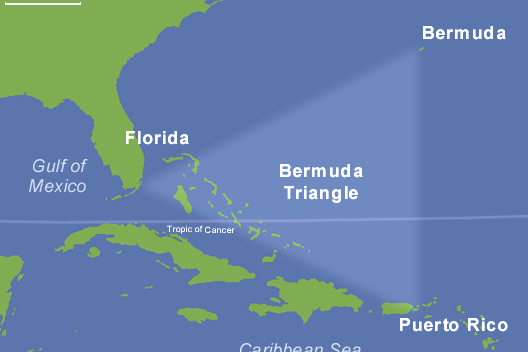
Stretching between Florida, Bermuda, and Puerto Rico, the Bermuda Triangle has long been linked to mysterious disappearances of ships and aircraft. Some blame unusual weather patterns or strong ocean currents, while others see it as nothing more than coincidence. Stories of lost vessels and vanished crews have fueled its legend for decades. Sailing through it feels no different than any other part of the ocean, yet its reputation lingers. Whether rooted in fact or myth, it remains a symbol of the sea’s unpredictability and the mysteries that still lie hidden beneath its surface.
This story 10 Natural Places So Dangerous, You Might Not Make It Out was first published on Daily FETCH


